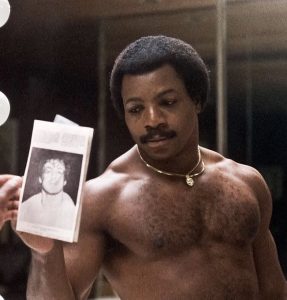Over the last few years, Indians have succumbed to the allure of
Korean dramas. These shows feel fresh to viewers used to Indian, American and
British content because they offer a glimpse into another culture. Another interesting aspect about Korean dramas are the tight plots that never exceeds above 16-episodes, and attractive cast.
Also Read: K-Drama dose for August: The Road, Police University, D.P. and more
“When you watch Korean dramas and films, the values portrayed
are universal and relatable,” sociologist Otojit Kshetrimayum, who has
researched the popularity of Korean pop-culture in the Northeast, told Indian Express.
When Hallyu — the “Korean wave” popularising South Korean cultural products
such as pop music, television series and films — first swept through east and
southeast Asia in the ’90s, India’s north-eastern states, too, felt the
effects.
Kshetrimayum says there are clear socio-cultural reasons for why
Manipur was one of the first places in India to discover the world of K-dramas.
According to him, the proscription of Bollywood films and music in 2000 by the
People’s Liberation Army of Manipur, deemed a separatist group by the
government, and the subsequent closure of cinema halls had created a vacuum.
This was filled by Korean pop-culture which had already made inroads into the
state over the past decade.
Also Read: Hospital Playlist Season 2: Yoo Yeon-seok releases a new OST ‘To You’
The current Indian interest in Korean dramas is fulfilled by OTT platforms. Before it became available on
the streaming platform, this content was accessible to Indian viewers mostly as
subtitled pirated copies on websites.
Kim Young-won, CEO of Forever Content and
Management, says that in 2007, he decided to focus
on the Indian market, which already had a well-developed and well-known
television and film production industry.
“I personally visited
major broadcasters like Star TV, Zee TV, Sony TV
in Mumbai to discuss the entry of Korean drama in the Indian market. But I
learnt that foreign dramas were rarely shown on major broadcasters. Even though
Fox was Star TV’s parent company, its content would rarely appear on Star TV.
At that time, foreign dramas were (largely) broadcast in India as remakes,” Kim
told Indian Express.
Also Read: Five K-Dramas with squad goals
Also OTT’s investment in the genre
provides some interesting data.
“Netflix brought Korean dramas to an audience
who were never exposed to the genre before. And for the already existing Korean
drama fans, it has introduced more diverse genres, including non-scripted
Korean content,” explains Song Byeong-joon, chairman of the Korea Drama
Producers Association, whose company Group 8 produced Boys Over Flowers.







